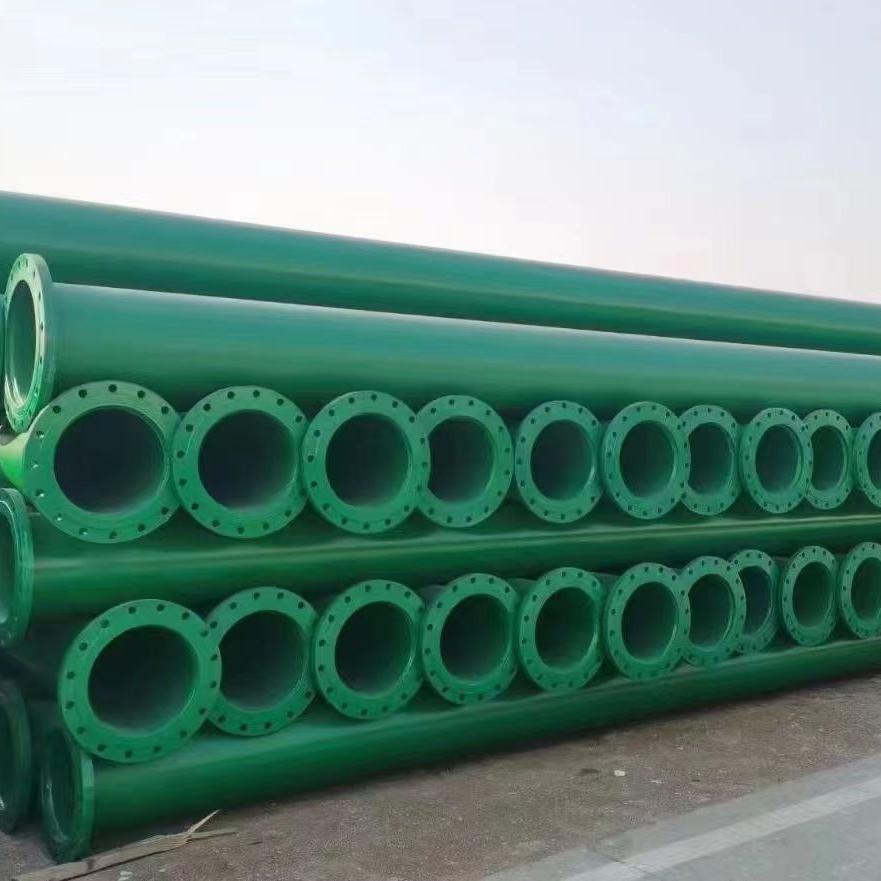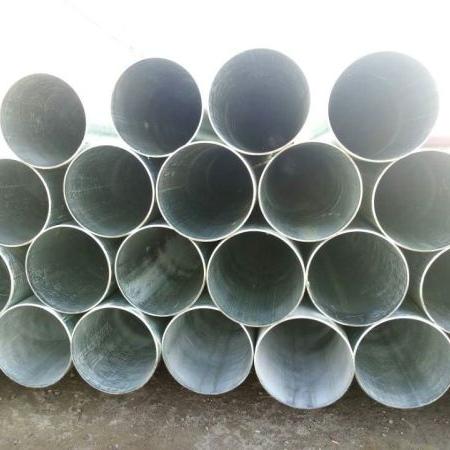Author: Tami Overby, Washington DC
The United States is experiencing an existential crisis regarding trade. The 2016 US presidential election highlighted the collapse of the US consensus on trade, with both Bernie Sanders and Donald Trump railing against the Trans-Pacific Partnership (TPP) and free trade agreements. These politicians tapped into the deep-seated fears of American voters that the United States had fallen behind, that outsourcing was hollowing out the United States, and that free trade deals and China were to blame. API Line Pipe

It is ironic that this is happening now — at a time when the United States’ unemployment is low and falling (3.9 per cent) and the economy is growing. In spite of rhetoric to the contrary, US manufacturing’s contribution to the economy has increased substantially, from US$63 million in 1947 to more than US$2 trillion in 2015. Despite competition from Mexico and China, US manufacturing output has doubled over the past 30 years.
So what explains the public disconnect from the facts? One reason is that the benefits of the United States’ economic growth are not shared equally. A Pew survey in March 2016 showed that the fear of job losses through the TPP and other free trade agreements was responsible for the political polarisation around trade. The survey identified that most Democrats supported trade agreements, while most Republicans opposed them. The partisan divide also paralleled racial, gendered and age divides. White men older than 65 were the fiercest opponents of free trade, while Latinos, African Americans, women and younger people were most likely to be supporters.
The strong opposition at a time of historic economic growth and low unemployment indicates that these views are based more on perceived fears rather than facts. Many of the concerns voiced by opponents of free trade included accusations that these deals would force nations to dismantle environmental and labour regulations while enriching global corporations at the expense of workers. There were also complaints of secret negotiations and gripes about the investor–state dispute settlement (ISDS) mechanism that allows foreign companies to sue member governments.
The TPP text actually protects health, environmental and labour regulations. Members would be required to recognise unions, establish minimum wages, prevent child labour and promote workplace safety. The TPP negotiations established the highest level of stakeholder consultation in trade negotiations and provided all stakeholders with opportunities to engage. The United States already has ISDS clauses in 51 trade agreements, including NAFTA. Of the 17 ISDS suits brought through the NAFTA ISDS clause, the United States has lost none.
So what is the answer to rebuilding the United States’ consensus on trade? First, it requires a clear-eyed commitment to verifiable facts and a dedicated responsibility to call out erroneous but politically popular misconceptions or misstatements of fact. This responsibility must be undertaken because trade makes the United States safer, not just richer.
At a time when China’s ascension as a great power is undeniable, US policymakers, politicians, business leaders and others of influence must remember the lessons of the 1930s, when much of the world sought protectionism. The Republican-controlled Congress passed the Great Tariff Act of 1930, which raised tariffs to the highest level in 100 years in an effort to protect US jobs and farms from foreign competition. The United States’ trade partners followed suit and instituted their own tariffs. The result was disastrous: US imports and exports dropped by almost two-thirds.
In 1932 the Democrats swept into power and provided a different approach in the Reciprocal Trade Agreement Act of 1934. Under this Act, Congress ceded its authority to determine tariffs to the President. In this case, the result was a dramatic drop in tariffs.
The United States appears to be on the dangerous path of repeating history, with Trump threatening heavy tariffs on China and Beijing threatening to respond in kind. Many trade experts and economists fear that this could be the beginning of a global trade war.
Trade wars can escalate into real wars and economic security is central to national security. A French economist in the 1800s is rumoured to have coined the phrase ‘the more trade crosses borders, the less likely troops will’.
Fortunately, people are beginning to take notice. More than 1000 economists are reported to have warned Trump that his trade views echo those 1930s errors. These experts told Trump that his ‘economic protectionism’ and tough trade rhetoric threatened to repeat the United States’ mistakes of the 1930s — mistakes that plunged the United States and the world into the Great Depression.
The clock is winding down towards the US administration’s deadline to complete the NAFTA negotiations while still being covered under the current Trade Promotion Authority that expires on 1 July. We will see whether the President truly understands this context or instead prefers to continue with his brand of threats and bullying tactics that risk upending longstanding relationships and major US supply chains.
At the same time, the US administration remains hyper-focussed on the US$375 billion merchandise trade deficit with China. Both governments have indicated a desire to avoid a trade war. There have been high-level delegations to negotiate exactly how much the Chinese are willing to accept to avoid punitive action, but whether this is enough to satisfy the Trump administration remains to be seen. What is very clear is that more trade turbulence is to be expected.
Tami Overby is a trade commentator based in Washington DC and a former senior vice president for Asia at the US Chamber of Commerce.
This article appeared in the most recent edition of East Asia Forum Quarterly, ‘Trade wars and Asia’.
East Asia Forum welcomes comments, both for adding depth to analysis and for bringing up important new issues. Original comments adding insight and contributing to analysis are especially encouraged.
The editors retain the right to refuse and edit comments at any time.
Your email address will not be published. Required fields are marked *
Save my name, email, and website in this browser for the next time I comment.
This site uses Akismet to reduce spam. Learn how your comment data is processed.

API Pipe Manufacturer July – September 2023 For electronic copies of back issues, links to the individual articles and to subscribe to the hard copies, see the EAFQ page.